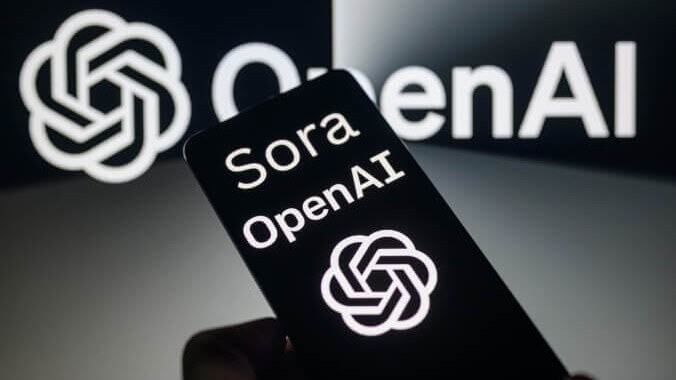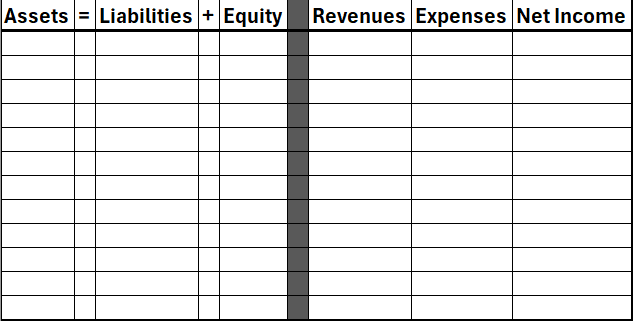Please, I Beg You, Stop Calling A.I. “Intelligent”
Photo by Jonathan Raa/NurPhoto/Shutterstock
Beginning a blog with the dictionary definition of a word is the height of hackery, but I do believe that is actually the rudimentary level we need to stoop to in order to address the problem with Silicon Valley’s overhyped Artificial Intelligence and how it gets covered. Intelligence is defined as “displaying or characterized by quickness of understanding, sound thought, or good judgment.”
Let’s unpack that “good judgement” angle in the context of this so-called “intelligent” computer program.
“A.I.” or artificial intelligence is something we have had to varying degrees for a long time, but the new iterations harness immense amounts of power to churn out what is effectively a robot parrot. Always read Ed Zitron, but definitely always read Ed Zitron on A.I. He describes the central problem with the “judgement” of A.I. technology here:
Sora’s outputs can mimic real-life objects in a genuinely chilling way, but its outputs — like DALL-E, like ChatGPT — are marred by the fact that these models do not actually know anything. They do not know how many arms a monkey has…Sora generates responses based on the data that it has been trained upon, which results in content that is reality-adjacent, but not actually realistic. This is why, despite shoveling billions of dollars and likely petabytes of data into their models, generative A.I. models still fail to get the basic details of images right, like fingers or eyes, or tools.These models are not saying “I shall now draw a monkey,” they are saying “I have been asked for something called a monkey, I will now draw on my dataset to generate what is most likely a monkey.” These things are not “learning,” or “understanding,” or even “intelligent” — they’re giant math machines that, while impressive at first, can never assail the limits of a technology that doesn’t actually know anything.”
This problem is not something that can be easily remedied either, as the foundational construct of A.I. is its dataset. Everything an A.I. “knows” begins and ends with the terabytes of training it has undergone. If you only fed it pictures of people where their hands were hidden, then asked it to draw pictures of humans, it would draw a bunch of people without hands.
Let me show you an example of this foundational logical flaw out in the wild, and the house of horrors OpenAI’s Sam Altman and his other PR flacks will have to navigate as they struggle to scale a technology that Sam Altman suggests needs $7 trillion in investment to truly work the way he claims it can.
Sorry folks, that’s got to be a typo there. Still getting up to speed on this whole Editor-in-Chief thing while finishing up school. No way he said $7 trillion. That’s just crazy talk. He said $7 billion right?
…
WHAT?!?!?!?!?!
-

-

-

-

-

-

-

-

-

-

-

-

-

-

-

-

-

-

-

-

-

-

-

-

-

-

-

-

-

-

-

-

-

-

-

-

-

-

-

-

-

-

-

-

-

-

-

-

-

-

-

-

-

-

-

-

-

-

-

-

-

-

-

-

-

-

-

-

-

-

-

-

-

-

-

-

-

-

-

-

-

-

-

-

-

-

-

-

-

-

-

-

-

-

-

-

-

-

-

-

-

-

-

-

-

-

-

-













































































































